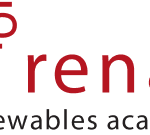Turnkey training centres
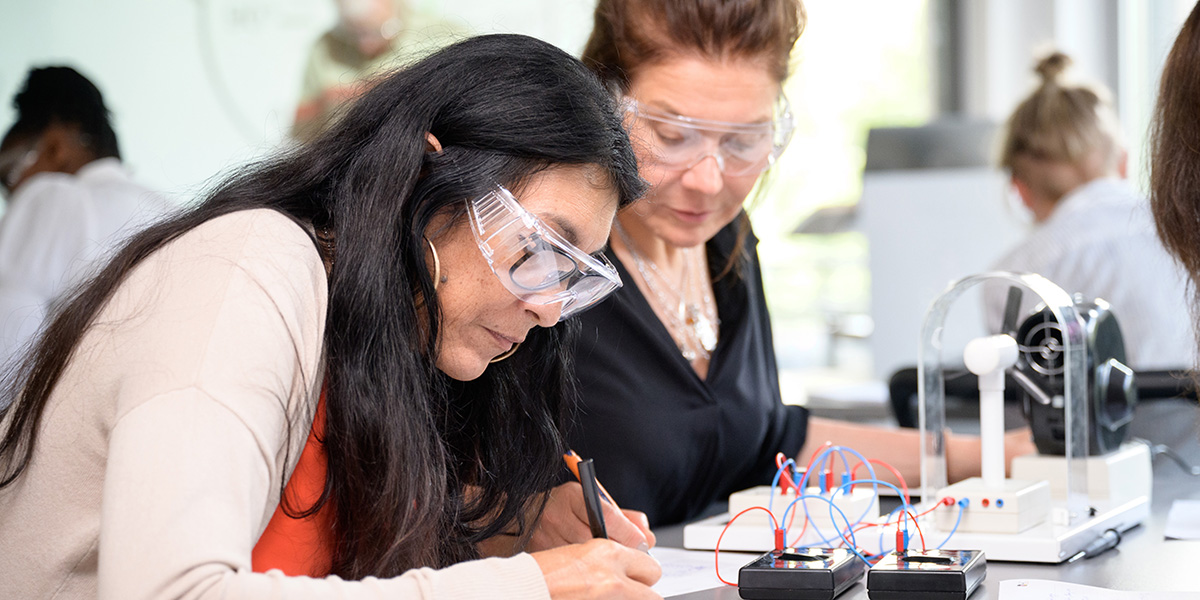
Overview
Training with practical equipment plays a crucial role in efficient and sustainable teaching and learning. RENAC offers design and installation services to create turnkey training centres for clients. This is a highly customisable service that is tailored to client requests, local needs, markets, and conditions.
RENAC has worked with clients all over the world to design, create, install, and update training centres. You can work with us to install a new training centre or we can support you in updating your current centre.
Services and Technology
Steps to set up a training centre
- Concept and design
- Selection and purchase of components
- Transportation and logistics
- Assembly and installation at location
- Development of training exercises
- Development of instructions for trainers and
train-the-trainer courses that cover the use of the equipment - Regular update of training equipment
Click Here
Lorem ipsum dolor sit amet consectetur adipiscing elit dolor
Click Here
Click Here
Click Here
Click Here
.
Click Here
Previous slide
Next slide
Renewable energy technology
PV fundamentals, off-grid, on grid
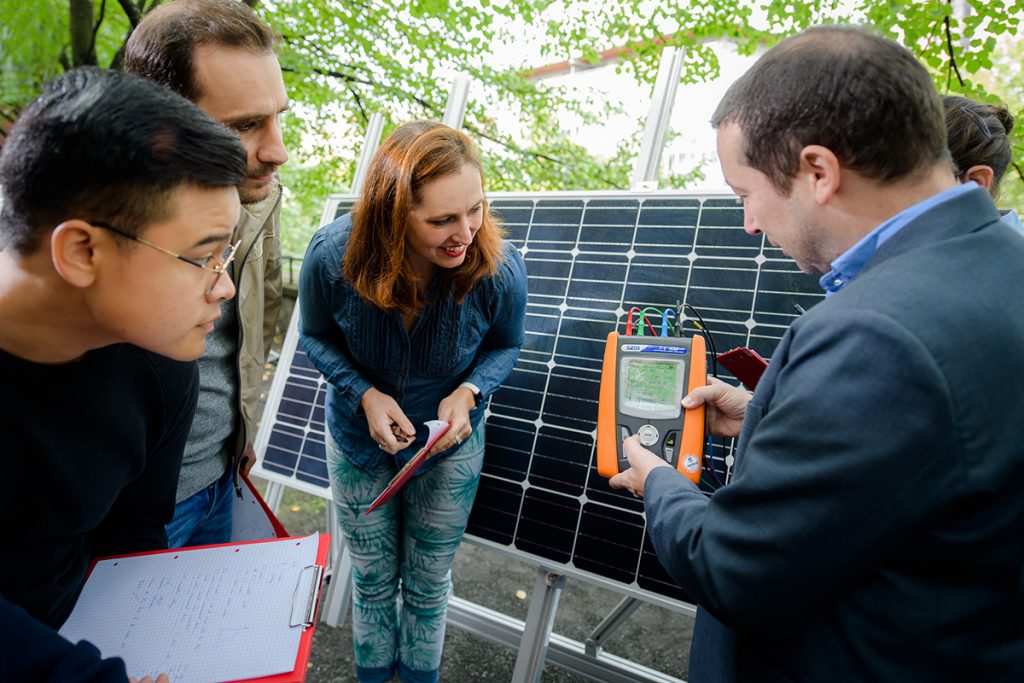
Skills transfered
- Conduct current and voltage measurements and performance characteristics
- Explain fundamental relationships in solar cells
- Distinguish and explain different characteristics of poly-and mono-crystalline and amorphous solar cells
- Define the functions of all components of a solar home system
- Assess sites in relation to their suitability for solar installations
- Perform the dimensioning of PV systems by using simulation software
- Set up a simple demo-solar home system (SHS) (modules, charge controller, battery and DC load)
- Perform measurements at an existing SHS and to detect faults
- Calculate the economic viability of a site by using measured radiation data
- Detect possible errors and how to correct them
- Explain the functionality of a grid-connected PV system and introduce incentive schemes
- Perform rough plant sizing exercises using simulation software
- Explain the differences between island and grid-connected inverters
- Calculate feasibility of the site using measured radiation data
- Detect possible errors and how to correct them
Solar thermal
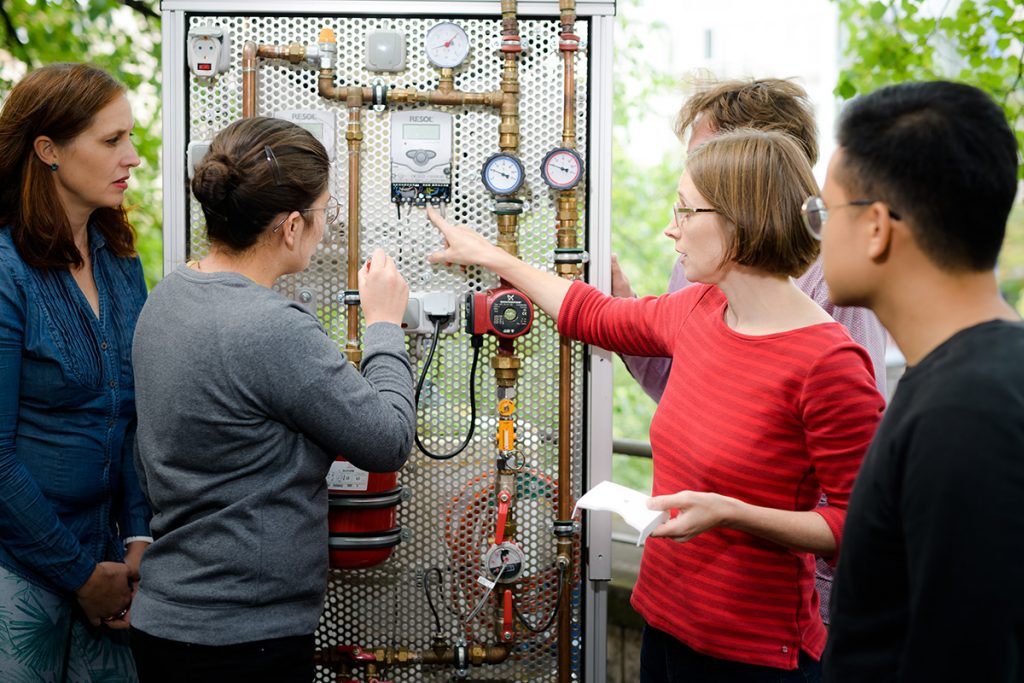
Skills transfered
- Explain the functionality of a solar thermal installation for hot water
- Define the function of each component: collector, storage tank, heat exchanger, pump
- Calculate sizes for hot water consumption in residential and office buildings
- Measure and plan solar thermal systems – using pre-installed and portable instruments
- Assess the economics of solar thermal plants based on measured data
- Detect faults in a system for water heating and correct errors
Wind energy
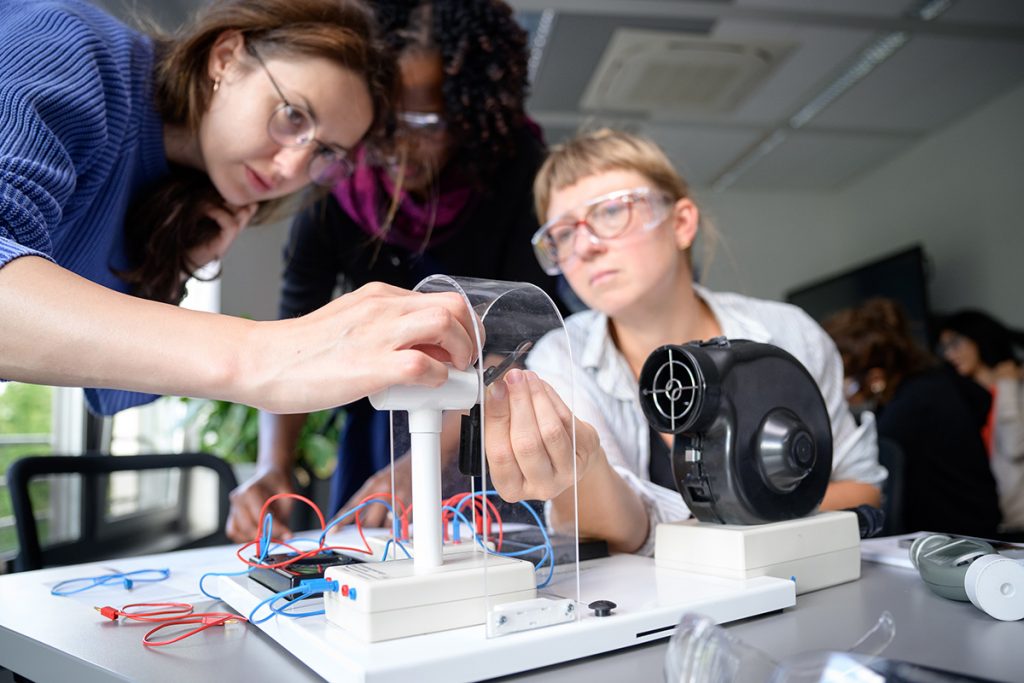
Skills transfered
- Measure power curves of laboratory wind turbines, conduct current and voltage measurements,
- Active and reactive power control with grid connected wind turbines
- Explain power limitation (blade pitch) and aerodynamics
- Explain fundamental relationships and characteristics of wind turbines
- Setup of 15 m measuring mast with measurement equipment for small wind turbines and evaluation of measured data
- Define the function of anemometers, wind vanes and data loggers
- Perform cost calculations based on measured data; compare the energy output of various wind power curves
Biogas
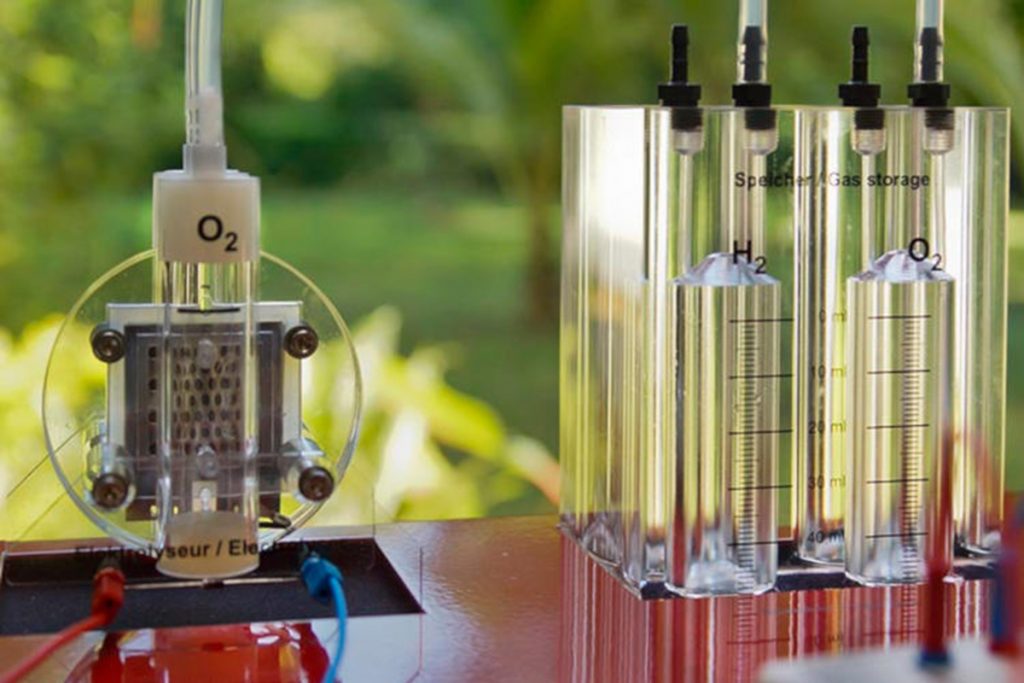
Skills transfered
- Determine the specific biogas energy potential of different organic substrates in relation to the dry matter content
- Determine biogas quality resulting from the fermentation of various substrates
- Make a rough design of a biogas plant on the basis of the determined biogas yield and quality of various substrates
- Evaluate the specific O & M requirements resulting from the investigated substrates.
- Calculate the profitability of a biogas plant for the fermentation of the substrates investigated
Grid Integration and Simulation
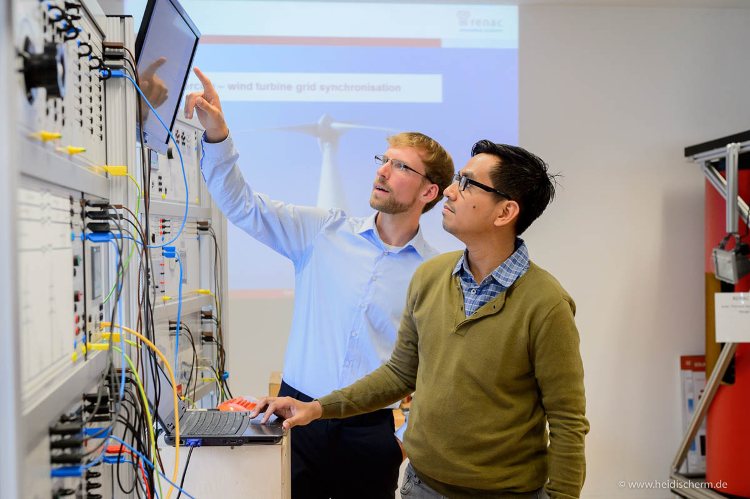
Skills transfered
- Role of power electronics in a DFIG wind turbine
- Frequency and voltage control strategies with wind turbines
- Voltage control measures with capacitors and coils, reactive power management
- Voltage control with distributed generation
Energy Efficiency
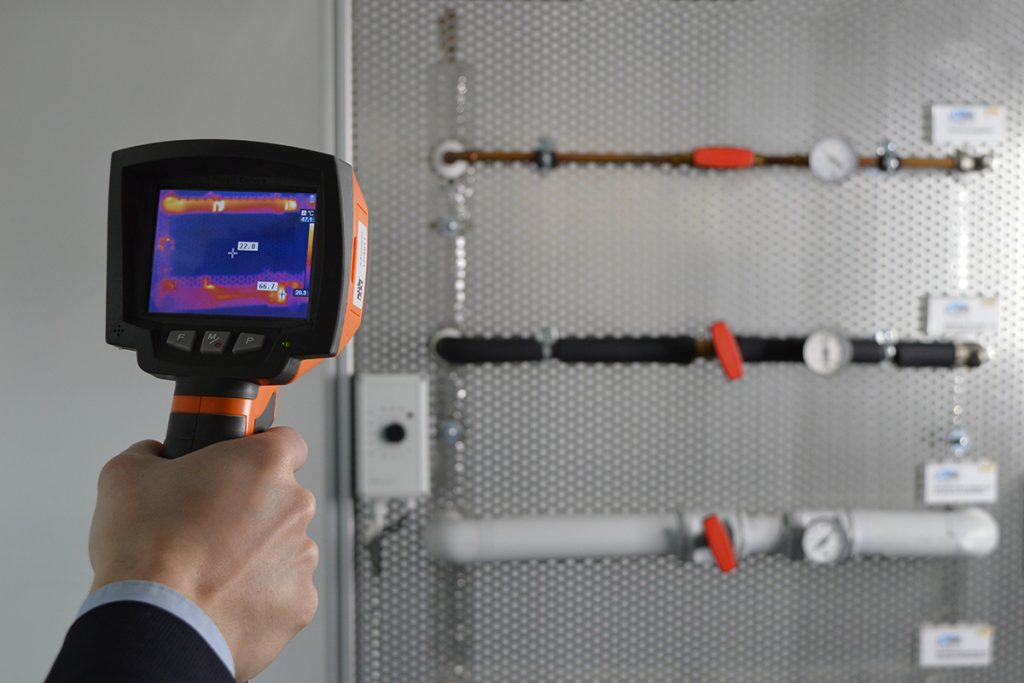
Skills transfered
Energy Efficiency in the Built Environment
- Gain an understanding of the structure of the building envelope in a lightweight construction (pitched roof, floor, walls, windows)
- Gain an understanding of the structure of the building envelope in a massive construction (pitched roof, floor, walls, windows)
- Identify thermal bridges in an existing construction
- Be able to integrate renewable energy systems into buildings
Energy Efficiency in Industry & Commerce
- Calculate the technical and economic savings which result from energy efficiency measures
- Assess the energy losses caused by leakages in a compressed air system
- Evaluate the energy savings through an improved insulation of a piping network
- Estimate the energy savings which can be achieved in a lighting system by a daylight dependent dimmer
- Classify the energy efficiency of different control strategies of pumps
